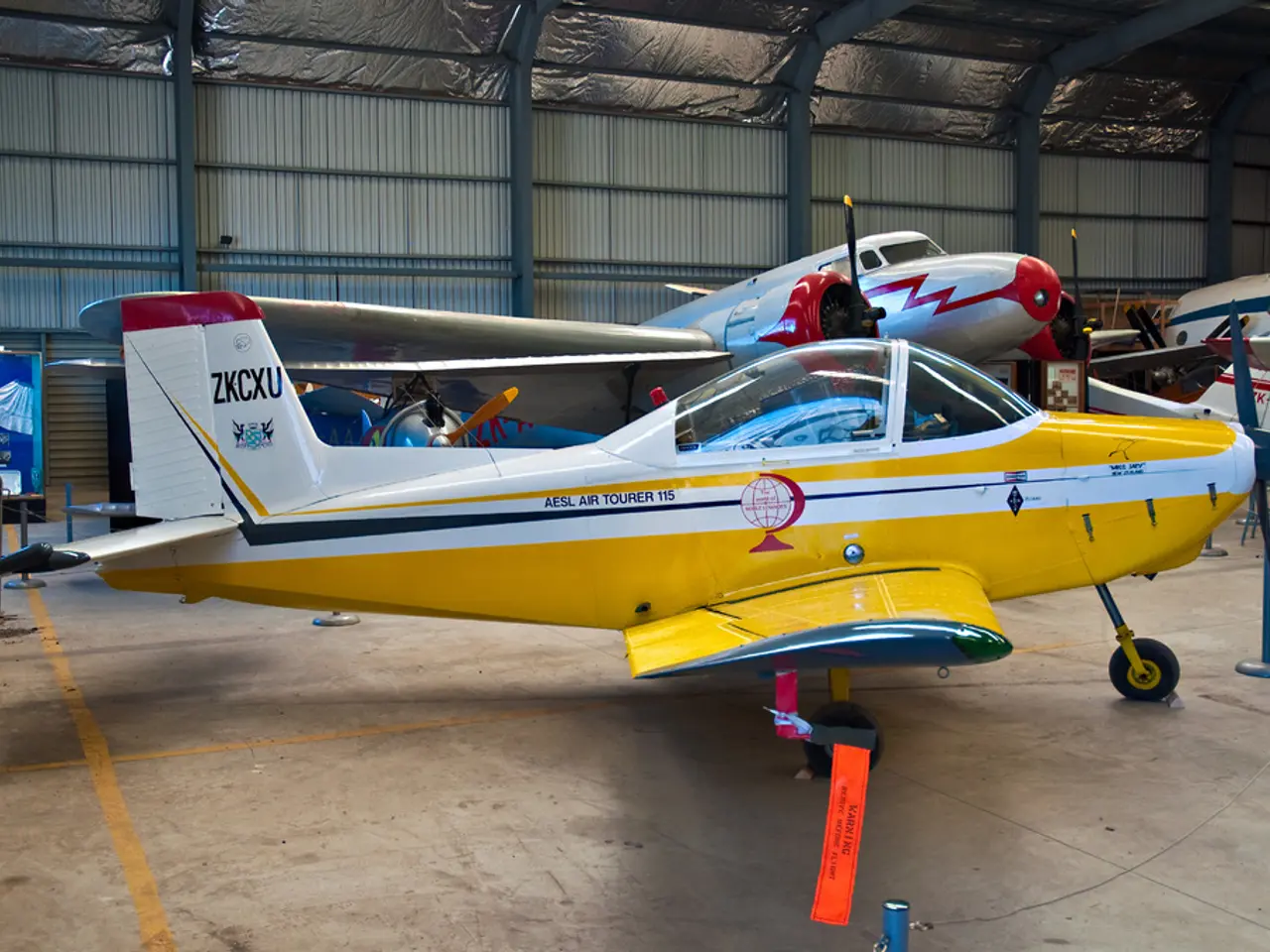Space Identification Center: Argentina's Developing Examination of Unidentified Aerial Phenomena
The Centro de Identificacion Aeroespacial (CIAE) in Argentina represents a mature and pragmatic approach to the enduring mystery of Unidentified Anomalous Phenomena (UAP). This civilian and military hybrid agency within the Argentine Air Force continues its mission to solve puzzling sightings, applying a rigorous, multidisciplinary methodology to find conventional explanations.
The CIAE plays a crucial role in enhancing air safety by helping the Air Force maintain situational awareness of its airspace. Its work is part of a global effort to investigate UAPs, with each country approaching the investigation with unique structures, objectives, and transparency levels, reflecting their national security priorities and scientific cultures.
In contrast, the approach in the United States is highly institutionalized and multifaceted, involving the All-domain Anomaly Resolution Office (AARO). France operates GEIPAN, a long-standing official body under its space agency since 1977. Chile’s Air Force has a dedicated unit, while Japan, India, and Germany have different approaches, emphasizing defense-centric or limited public disclosure.
Argentina’s CIAE exemplifies a balanced model involving military and scientific inputs. It collects, documents, and analyses UAP reports, often collaborating with the military and scientific community to determine the nature of these events. The agency sorts reported sightings into several main categories, including Astronomical Objects, Man-Made Aircraft, Satellites & Space Debris, Atmospheric Phenomena, Ground-Based Sources, Perceptual Errors, and Hoaxes.
The investigation process involves elimination. If the team cannot identify the phenomenon, the case is classified as "unexplained" or "pending." The CIAE's public-facing role is a delicate balancing act, but its focus on facts and evidence helps inject scientific rigor into a media landscape that can favour sensationalism.
The CIAE is a multidisciplinary organization, bringing together a team of specialists to examine evidence from multiple angles. It serves an important function in relation to air safety, public understanding, and fostering a more rational public discourse on the topic of UAP. The CIAE's primary objective is to maintain and expand the centralized, national database of UAP reports.
Established in 2011, following decades of interest within Argentina's military and scientific communities, the CIAE operates with a significant degree of transparency, conducting field investigations and publishing annual reports that summarize case resolutions. The team evaluates a report from an operational aviation perspective, analysing weather data for optical phenomena, identifying objects like aircraft, drones, space debris, astronomical objects, and checking for satellites like the International Space Station.
From these varied approaches, several lessons emerge: institutionalization and coordination, integration of scientific methods, transparency, military involvement, cross-agency coordination, and international information sharing are key to understanding and responding to UAPs. Argentina’s CIAE serves as an example for other countries seeking localized, resource-appropriate UAP investigation frameworks, particularly in regions with varied airspace usage and public interest.
References: [1] Knapp, J. (2020). UAP Task Force: A New Era in UFO Research. The Drive. [Online] Available at: https://www.thedrive.com/the-war-zone/34466/uap-task-force-a-new-era-in-ufo-research
[2] Valdes, F. (2021). Scientific research on UAPs: A global perspective. Acta Astronautica. [Online] Available at: https://www.sciencedirect.com/science/article/pii/S0094576521001951
[3] Senate Select Committee on Intelligence. (2021). Advancing Identification of Unidentified Aerial Phenomena. [Online] Available at: https://www.intelligence.senate.gov/sites/default/files/documents/Report_on_Unidentified_Aerial_Phenomena.pdf
[4] Sky Canada Project. (2021). About Us. [Online] Available at: https://skycanadaproject.com/about-us/
- The Centro de Identificacion Aeroespacial (CIAE) in Argentina, a balanced model of military and scientific inputs, sorts reported Unidentified Anomalous Phenomena (UAP) sightings into categories like Astronomical Objects, Satellites & Space Debris, and other phenomena, demonstrating the integration of science and technology in its investigation.
- Argentina's CIAE uses aerospace technology to evaluate UAP reports by analyzing weather data for optical phenomena, identifying objects like aircraft, drones, and satellites such as the International Space Station, highlighting the agency's role in maintaining air safety.
- In contrast to the highly institutionalized UAP investigation in the United States, France, and other countries, Argentina's CIAE operates with significant transparency, publishing annual reports and collaborating with the military and scientific community, emphasizing the importance of openness and scientific rigor in understanding UAPs.




